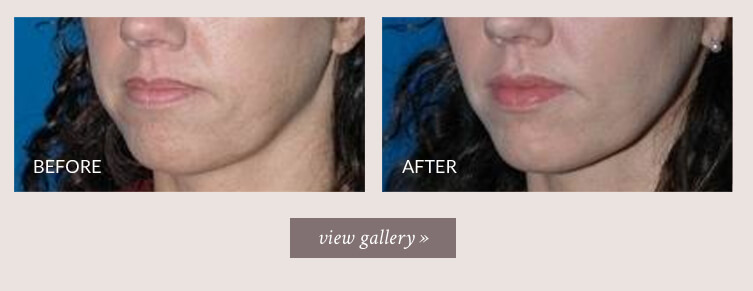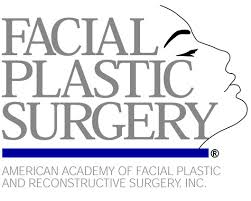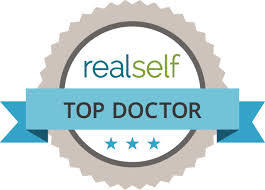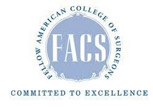Buccal Fat Pad Removal
Buccal fat pads (pronounced buckle) are pads of fat resulting from a familial predisposition, giving excessive fullness to the lower part of the cheeks, often resulting in a "chubby cheek" or "chipmunk cheek" appearance. Buccal fat removal, also called cheek reduction surgery, offers a solution to those who want to reduce the excessive fullness of their cheeks.
What can buccal fat removal achieve?
Removal of buccal fat pads can slim the cheeks and contour the face. This can help achieve a more chiseled and sculpted look, by revealing the shape of the natural cheek bones.
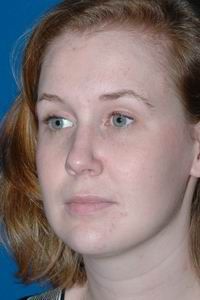
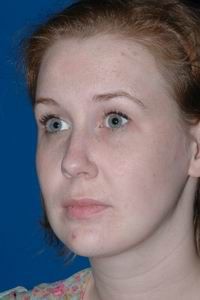
Before After
Buccal fat pad removal by Sam Naficy, MD. * Individual results may vary.
The removed buccal fat can also be re-injected into the face to further improve and enhance facial contour. For example, buccal fat can be re-injected into the lips or into the malar (cheek bone) region of the face.
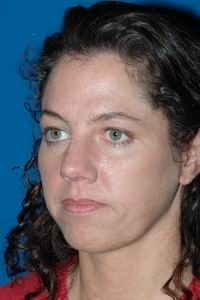
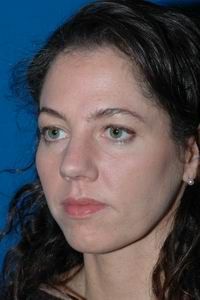
Before After
Buccal fat pad removal and re-injection to upper cheeks by Sam Naficy, MD. * Individual results may vary.
Buccal Fat Removal Photo Gallery
You may wish to browse through the gallery of representative before and after buccal fat removal pictures. Click on any of the thumbnails to enter the slide show. All procedures were performed by Dr. Sam Naficy and some patients may have had more than one surgical procedure performed. The text accompanying the photos describes the details of the procedures performed.
* Individual results may vary.
What type of anesthesia is used?
A number of anesthesia options are available and your anesthesia provider will discuss with you which one is most appropriate for your health status and procedure. Some procedures require general anesthesia, while others may be done with IV sedation. With either, your heart rate, blood pressure, breathing and oxygen levels are monitored continuously by your anesthesia provider.
General anesthesia means that you are completely asleep for surgery and the placement of an intravenous line and a breathing tube is required. Frequently, numbing medication is also placed during surgery by your surgeon.
IV sedation is also called “monitored anesthesia care” or MAC. This involves receiving sedation and pain medication through an intravenous line (IV). At the beginning of the procedure, when you will be the sleepiest, your surgeon will be placing numbing medication in the area of the surgery. Once the area is numb you will require less sedation and pain medication but you will continue to receive enough medication to keep you sedated and comfortable during the entire procedure. During your surgery you may be receiving oxygen. Airway devices may be placed during IV sedation to keep you breathing normally.
Anesthesia guidelines [21kb PDF]
What is the recovery like?
Typically, after buccal fat removal, there is minimal pain. Since the incision is inside the mouth, bruising is also minimal but swelling of the cheeks may take a few days to resolve. Patients are usually able to return to work and social activities after one or two days.
Post-operative care instructions [12kb PDF]
I am interested! What do I do next?
If you are considering buccal fat removal we encourage you to complete this Surgical Consultation Intake Form. Dr. Naficy will tell you whether you are a suitable candidate for this procedure and inform you of the alternatives and potential risks of the procedure.


